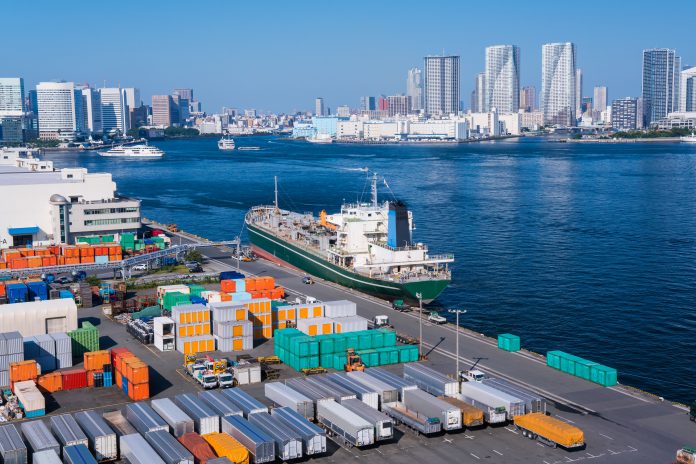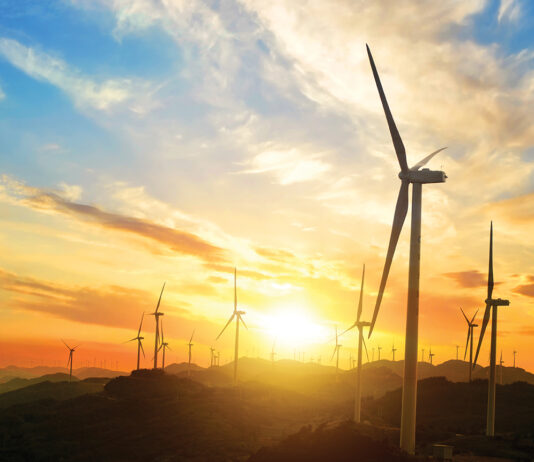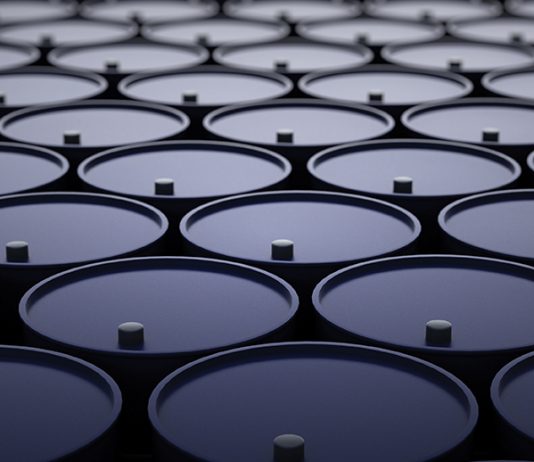
What You Should Know About Oil and Gas Today
The Big Story
Crude prices took a tumble overnight after API released its weekly crude inventories report. API says that oil in domestic storage rose by 8.42 million barrels last week, which would amount to the biggest weekly build since April. This really should not have come as any big surprise to the market, as it is the likely result of all those tankers filled with crude produced by Saudi Arabia during March-April, when the KSA and Russia were flooding the market, arriving at U.S. refineries.
Frankly, it appears likely that traders understand what’s happening, given that WTI is only off by about 68 cents as of this writing early Wednesday morning. If the official EIA numbers confirm the API report later day, we should expect prices to drop again, but it’s just temporary. It will take a little while for the market to work off all those Saudi volumes.
Speaking of that March/April price war between Russia and the KSA, Qatar’s Oil Minister Saad al-Kaabi, who is also CEO of Qatar Petroleum, had some very critical things to say about it during an interview yesterday. As reported by Al Jazeera:
“I think it was a very big mistake to flood the market,” he added. “Flooding the market is what caused us to go to a very low level. And then the pandemic basically took it almost to a very dangerous area where people could not afford to produce any more.”
Yyyyyyyep.
The State of Play
We have competing narratives about the U.S. shale industry competing for news space today:
– In the first narrative, something called the Institute for Economics and Peace has a new report out that predicts U.S. shale will collapse along with the price of oil, blah-blah-blah, yada-yada-yada. If you take a look at this group’s board of directors and advisory board you will see the usual assortment of leftist, anti-fossil fuel interests represented. No surprise here.
The U.S. shale industry could indeed collapse at some point in time, but it won’t be for the reasons cited in this report.
– The second competing narrative comes from Ryan Lance, CEO of ConocoPhillips, the largest independent producer of shale oil and gas in the United States. As reported by the Houston Chronicle, “ConocoPhillips is considering increasing its oil and gas production as economies around the world are reopening and prices appear to have rebounded.”
“We’re thinking of slowly coming back into the market over the next few months and reducing the amount we’ve got curtailed because we’re seeing some strengthening in the price,” CEO Ryan Lance said in an interview published Tuesday by industry research firm IHS Markit.
Oh.
Thus, in analyzing which of these competing narratives around the future of U.S. shale is most likely to ultimately prevail, you can either believe the wishful thinking of an international group made up of leftist activists, or you can believe the CEO of a company that has billions of dollars worth of skin in the game. This isn’t hard or even particularly complicated.
Tropical Storm Cristobal ended up putting about 35% of the oil and gas production in the Gulf of Mexico out of commission. S&P Global Platts reports this morning about the slow process companies are going through to get it all back online.
Louisiana U.S. Senator John Kennedy renewed a campaign that I actually worked on 20 years ago, calling for states along the Gulf Coast to start receiving a larger share of federal royalties received from oil and gas produced in the Gulf. The rationale is that, because they provide the roads and other infrastructure through which Gulf operations are staged, these states should receive an equal share of the royalty revenues. That always seemed fair to me.
That’s all for today.
















